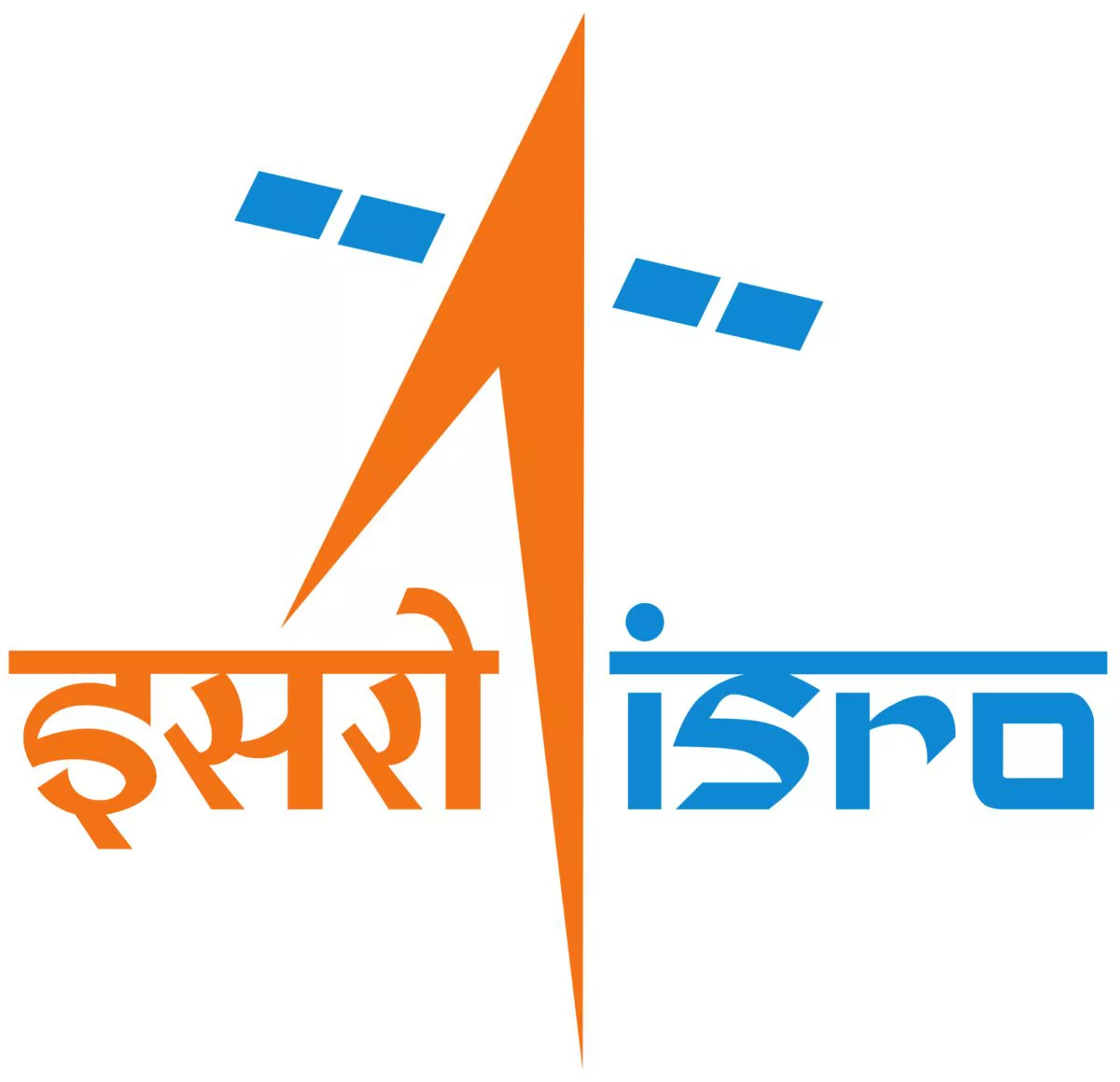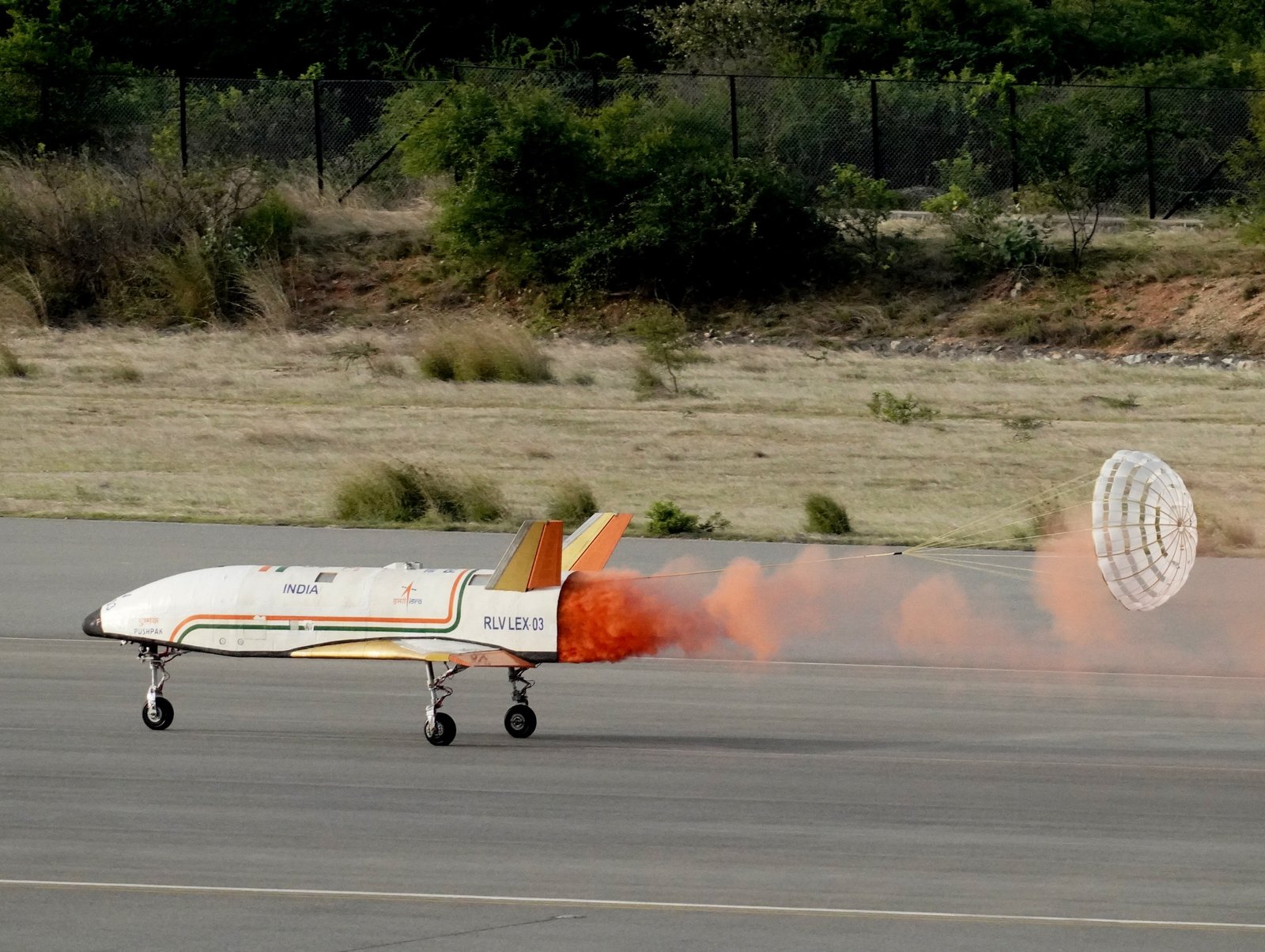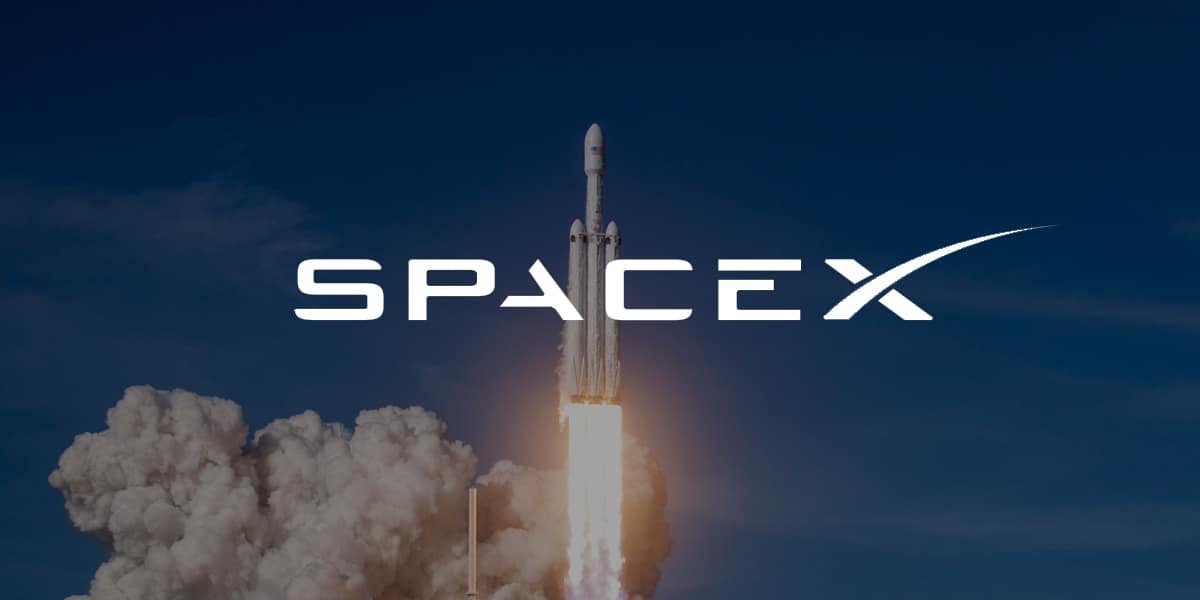

Welcome to our BMR AI CHATBOT.
A free expermental AI tool where you can interact with the webpage, ask question about the webpage and other related doubts.
In some cases reponses may take time to get. In case of error give us your report.
You responses are stored for experimental purpuses. And your personal info is not integrated with you in any way.
Note: AI can make mistakes and can give in appropiate responses. Your feedbak will help us improve.
Stay tuned for more AI products and tools
And Finally don't forget to give your feedback. click on the icon provided to give feedback.
| Attribute | Details |
|---|---|
| Formed | 15 August 1969 |
| Founder | Dr. Vikram Sarabhai |
| Headquarters | Bengaluru, Karnataka, India |
| Chairman | S. Somanath (as of 2024) |
| Parent Organization | Department of Space, Government of India |
| Primary Objectives | Space exploration, satellite communication, earth observation, planetary missions, navigation |
| Satellites launched | 124 |
| Launch Missions | 96 |
| Active launch vehicles | 3 |
| Budget | ₹13,042 crore (US$1.6 billion) (2024-2025) |
| Website | isro.gov.in |

Indian Space Research Organisation (ISRO) formerly known as the Indian National Committee for Space Research (INCOSPAR) is a space agency in India operated by the Department of Space, the government of India. ISRO was founded on August 15, 1969, by Dr. Vikram Sarabhai. It is one of the six government space agencies in the world that possess full launch capabilities, the ability to deploy cryogenic engines, to launch extraterrestrial missions, and to operate a large fleet of artificial satellites.
| S.No | Name | Status | Launch History | Description |
|---|---|---|---|---|
| 1 | SLV (Satellite Launch Vehicle) | Retired |
|
The SLV was a small-lift launch vehicle with a four-stage, all solid-fueled, expendable launch vehicle. SLV was intended to reach a height of 400 kilometers (250 mi) and carry a payload of 40 kg (88 lb). |
| 2 | ASLV (Augmented Satellite Launch Vehicle) | Retired |
|
The ASLV was a small-lift launch vehicle with a five-stage, all solid-fueled, expendable launch vehicle. The payload capacity of the ASLV was approximately 150 kg (330 lb) to an orbit of 400 km (250 mi) with a 47-degree inclination. |
| 3 | PSLV (Polar Satellite Launch Vehicle) | Active |
|
The PSLV is a medium-lift launch vehicle that consists of four phases. While the second and fourth stages are liquid-fueled, the first and third stages use solid propellants. Up to six strap-on boosters are included in PSLV launchers. Different Versions of PSLV
|
| 3 | GSLV (Geosynchronous Satellite Launch Vehicle) |
|
|
The GSLV is an expendable medium-lift launch vehicle with a three-stage vehicle with solid, liquid, and cryogenic stages respectively designed to put 2,000 - 2,500 kg payloads into Geosynchronous Transfer Orbit (GTO). Two Versions of GSLV
|
| 4 | Launch Vehicle Mark-3 (LVM3) | Active |
|
The LVM3 is a three-stage medium-lift launch vehicle. LVM3 was previously referred to as the Geosynchronous Satellite Launch Vehicle Mark III or GSLV Mk III. It is also upgraded and used different variations and certified for human rating for the Gaganyaan project |
| 5 | Small Satellite Launch Vehicle (SSLV) | Active |
|
The LVM3 is a small-lift launch vehicle. It has four stages, The first three stages are solid-fueled. A fourth stage, known as the Velocity-Trimming Module (VTM), provides attitude control and final orbit insertion for the payload. With payload capacity to deliver 500 kg (1,100 lb) to low Earth orbit (500 km (310 mi)) or 300 kg (660 lb) to Sun-synchronous orbit (500 km (310 mi)) |
Last modified on: 27/07/2024

Indian Space Research Organisation (ISRO) formerly known as the Indian National Committee for Spa...

ISRO achieved its third and final consecutive success in the Reusable Launch Vehicle (RLV) Landin...

The return of sunita Williams due to health problem facing by co passenger from space is soon.......

The Falcon 9 rocket from SpaceX was launched for the 21st time tonight, setting a new reusability...

Due to a lot of riproaring steps towards the moon by NASA, it has also shared the fact that recyc...

The Sun produced another great big release of energy today, which was called a solar flare, showi...

The stars of an International team’s jersey indicate the number of world trophies they have won...

It’s the process of converting special characters and symbols into their corresponding HTML ent...

In 1900, India first participated in the Olympic Games. Indian athletes have won 38 medals till 0...

Let's create a Range Slider using HTML, CSS, and JavaScript. We use Range Slider especially ...

Let's create a calculator using HTML, CSS, and JavaScript. We use calculators for basic arit...

Starting a blog is easy. Many people earn money through blogging as a main side income stream. Yo...